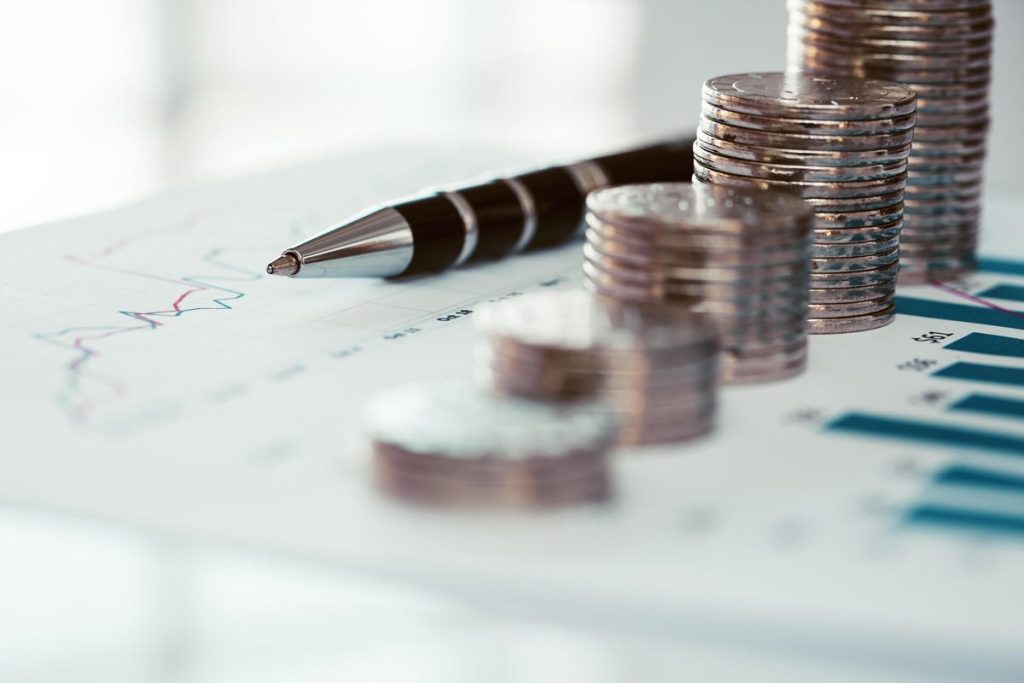
The price of pretty much everything — including groceries and heating your home — has gone up since last year. The inflation rate reached a 30-year high in October, according to Consumer Price Index data released Wednesday by the U.S. Bureau of Labor Statistics.
The Consumer Price Index surged 6.2% for the 12 months ending in October, marking the largest 12-month increase since December 1990.
Consumers have seen inflation making the news. Earlier this month, snack maker Mondelez — the company behind such brands as Honey Maid, Oreo and Ritz — said it’s looking at starting off 2022 with a 7% price increase in the U.S. to account for rising costs of factors like commodities, packaging and transportation.
Keep the wider context in mind
While a 7% increase in Oreo prices or a 60% year-over-year increase in the cost of fuel oil to keep your house toasty this winter might ring alarm bells, here’s one reason to panic less: Though prices largely went up from 2020 to 2021, some prices actually dropped year over year in the same months from 2019 to 2020.
For example, while gas prices rose 49.6% over the past 12 months, they fell 18% in the same 12-month span from 2019 to 2020. Fuel oil prices, which are up 59.1% this year, fell 28.2% from 2019 to 2020.
In short, given 2020’s lower numbers, the 2021 numbers look much higher. And while that doesn’t mean inflation isn’t happening, it does mean that it might not be as bad as it seems when looking at the 2021 numbers in isolation.
What you can do about rising prices
Whether it’s finding ways to stretch your dollar further while shopping or changing how you manage your money, there are steps you can take to protect yourself from inflation.
Understand inflation’s effect on your money over time
Money you won’t need to access over the next three to five years may be better in an investment account versus a savings account. The best savings account interest rates are around 0.50% (and many are far lower than that). Meanwhile, many investments may return more than that over a long time horizon.
However, do keep your emergency fund in an easily accessible account. A good guideline is to build toward saving three to six months’ worth of living expenses to cover situations such as job loss, home repairs or medical expenses.
As you assess your budget, you might not necessarily need to cut back on the things you buy, but change how you acquire them. Rather than buy new, look to sites that promote used goods, like Craigslist, Facebook Marketplace, Mercari and Letgo. Local “Buy Nothing” groups, which proliferate largely on Facebook, might even net you gently used furniture, baby items, clothes and other household goods for free.
Consider swapping brand names for store brands, which are typically cheaper. And you might even find the savings associated with warehouse clubs are worth the membership cost.
Reassess your budget
As COVID-19 safety rules continue to change, and many offices and schools reopen, you could find your budget changing again. Maybe you’ll swap meals at home for sandwiches on the go, or buy new clothes to account for the fact that you can’t work in sweatpants from the couch anymore. You might also plan holiday travel or big family gatherings after taking a break last year.
Many experts recommend the popular 50/30/20 budget, where you spend roughly 50% of your after-tax dollars on necessities, 30% on wants and at least 20% on savings and debt repayment. Reassess if your spending fits that framework, especially as costs are likely to change in the coming months (if they haven’t already).